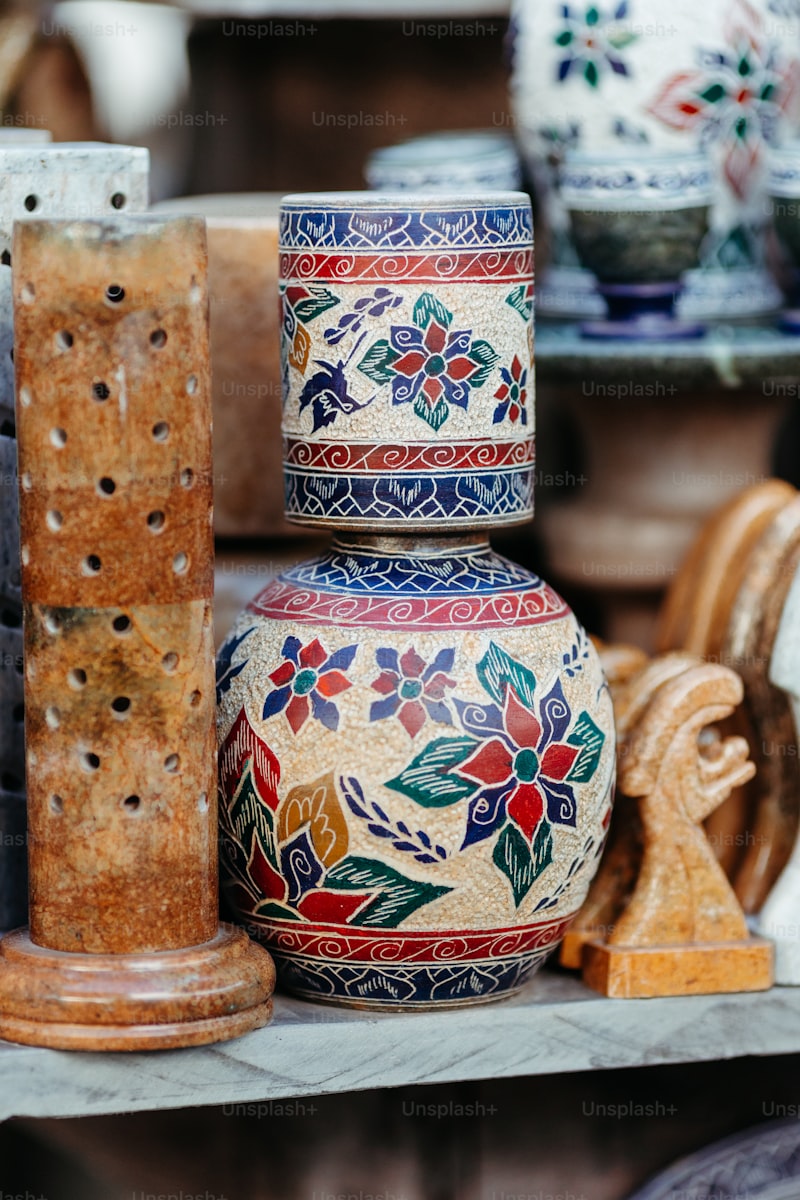Understanding Folk Art Elements
Folk art elements are an integral part of cultural heritage around the world. These elements represent the traditions, beliefs, and historical narratives of communities, encapsulating their identity and creativity. This article delves deep into the various aspects of folk art elements, highlighting their significance and influence in the realms of art and culture.
What are Folk Art Elements?
Folk art elements encompass a wide range of artistic expressions found in rural or less commercially influenced areas. These elements often include intricate designs, symbolic motifs, and functional objects that hold cultural significance. They are characterized by their traditional roots, often passed down through generations.
Characteristics of Folk Art Elements
Folk art is distinctly different from fine art. While fine art is often produced for aesthetic appreciation and commercial value, folk art tends to be more utilitarian and meaningful. Here are some key characteristics of folk art elements:
- Community-Centric: Folk art reflects the values, beliefs, and experiences of a community.
- Functionality: Often, folk art serves a functional purpose, such as pottery, textiles, and tools.
- Tradition and Heritage: Techniques and designs are often traditional, passed down through generations.
- Symbolism: Many folk art elements are imbued with cultural symbolism, conveying deeper meanings.
- Accessibility: Unlike fine art, folk art is generally created by and for the community, making it less exclusive.
Types of Folk Art Elements
Folk art elements can be categorized into various forms, each representing different cultural backgrounds. Here are some prominent types:
| Type | Description |
| Textiles | Folk textiles, such as quilts and woven fabrics, often feature vibrant colors and intricate patterns. |
| Pottery | Decorative and functional pottery pieces frequently showcase traditional motifs indigenous to the culture. |
| Woodwork | Wood sculptures and carvings represent the craftsmanship specific to a community, often depicting local wildlife or folklore. |
| Painting | Folk paintings, like those found in Mexican Talavera or Indian Madhubani art, express cultural narratives and local mythology. |
| Music and Dance | Folk music and dance elements convey community storytelling, often celebrated through festivals. |
The Importance of Folk Art Elements in Society
Folk art elements play several crucial roles in society:
Cultural Preservation
Folk art serves as a vessel for preserving cultural identity. In a fast-paced, globalized world, these art forms help maintain traditional practices. They offer an opportunity for younger generations to connect with their roots, gaining insight into their ancestors' way of life.
Social Cohesion
Through the communal creation and celebration of folk art, social bonds are strengthened. Festivals showcasing folk art elements foster a sense of belonging, creativity, and shared identity among community members.
Economic Impact
In many regions, folk art elements contribute significantly to local economies. By attracting tourism and supporting artisans, communities can cultivate a sustainable economic model. Festivals and markets centered around folk art can also stimulate economic growth.
Examples of Folk Art Elements Globally
Across the globe, folk art elements manifest in numerous ways. Here are a few notable examples:
Mexican Folk Art
Mexican folk art is vibrant and diverse, featuring elements such as  , colorful papel picado, and traditional embroidered textiles. These art forms often incorporate themes related to nature, religion, and community.
, colorful papel picado, and traditional embroidered textiles. These art forms often incorporate themes related to nature, religion, and community.
Indian Folk Art
In India, folk art varies by region, with forms like Madhubani paintings and Warli art expressing cultural narratives through intricate designs. These art forms often encompass themes of love, nature, and spirituality.
African Folk Art
African folk art is rich in symbolism, often seen in masks and carvings that represent ancestral spirits. Artisans use locally-sourced materials, showcasing their cultural and spiritual beliefs through their craftsmanship.
How to Incorporate Folk Art Elements in Modern Design
Integrating folk art elements in contemporary design can breathe new life into various projects. Here are some tips on how to do so:
- Color Palette: Incorporate traditional color schemes inspired by folk art elements to create visual harmony.
- Patterns and Textures: Use folk art patterns in textiles or wallpapers to infuse character into modern interiors.
- Functional Art: Create functional items that celebrate folk traditions, such as pottery or furniture inspired by local craftsmanship.
Conclusion
Folk art elements encompass a rich tapestry of cultural narratives, traditions, and creativity that resonate with communities worldwide. Exploring these elements not only reveals an appreciation for artistic heritage but also fosters a deeper understanding of societal values and historical contexts. As the world continues to change, preserving and celebrating folk art elements remains crucial. Embracing these elements in modern design can enhance our environments and inspire connection with our cultural roots.
In summary, whether you are an artist, a designer, or simply a lover of culture, integrating folk art elements into your life can provide profound insights and enrich your creative journey. Be mindful and respectful as you engage with these traditions, and cherish the stories they tell.
Keywords: Folk art elements, cultural heritage, community identity, artistic expression, traditional crafts.